How much CFM does a grill really need?
acertain
11 years ago
Featured Answer
Sort by:Oldest
Comments (18)
jadeite
11 years agoRelated Professionals
Beavercreek Kitchen & Bathroom Designers · Hammond Kitchen & Bathroom Designers · Pleasanton Kitchen & Bathroom Designers · Winton Kitchen & Bathroom Designers · Reedley Kitchen & Bathroom Designers · South Sioux City Kitchen & Bathroom Designers · Bay Shore Kitchen & Bathroom Remodelers · Glade Hill Kitchen & Bathroom Remodelers · Linton Hall Kitchen & Bathroom Remodelers · Omaha Kitchen & Bathroom Remodelers · Santa Fe Kitchen & Bathroom Remodelers · Sun Valley Kitchen & Bathroom Remodelers · Vancouver Kitchen & Bathroom Remodelers · Indian Creek Cabinets & Cabinetry · Newcastle Cabinets & CabinetryUser
11 years agoEmilner
11 years agoteachmkt
11 years agoFortinbras
11 years agocooksnsews
11 years agobreezygirl
11 years agostuckintheberg
11 years agojulieste
11 years agokaseki
11 years agojulieste
11 years agoweissman
11 years agocooksnsews
11 years agojulieste
11 years agocooksnsews
11 years agojulieste
11 years agotaggie
11 years ago
Related Stories
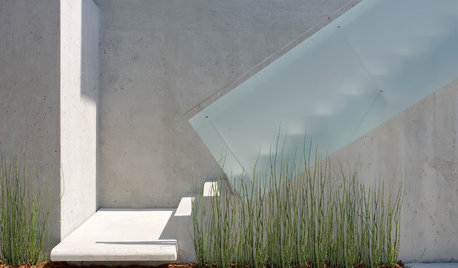
LANDSCAPE DESIGNDoes Your Landscape Need a Little ‘Cosmic Latte’?
Beige — the color of the universe — can be both building block and backdrop in a contemporary garden
Full Story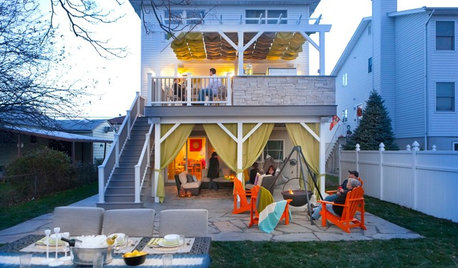
LIFEHouzz Call: What Does Summer Look Like at Your Home?
Kids, water, sunshine, backyards, cold drinks — share photos of what summer at home means to you
Full Story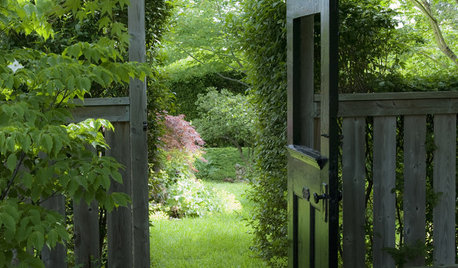
GARDENING AND LANDSCAPINGHow Does Your Garden Entertain?
Forget silver bells and cockle shells. Let your landscape's natural beauty charm guests when you entertain outdoors
Full Story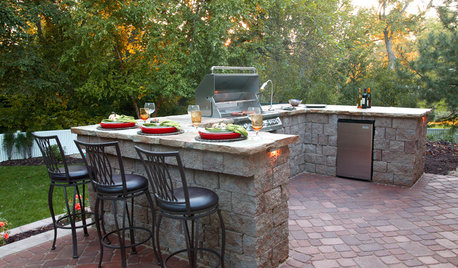
OUTDOOR KITCHENSYour Guide to Grills and More for Great Outdoor Cooking
Learn the pros and cons of gas versus charcoal grills, and about neat add-ons that let you do more
Full Story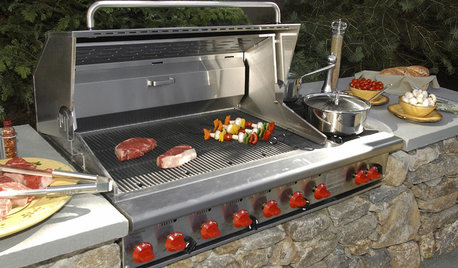
GREAT HOME PROJECTSHow to Get a Built-In Outdoor Grill
Put fresh-air grilling on the menu with a built-in setup that suits your patio or yard
Full Story
MOST POPULAR13 Upgrades to Make Over Your Outdoor Grill Area
Kick back on your patio or deck with a grill that focuses on fun as much as function
Full Story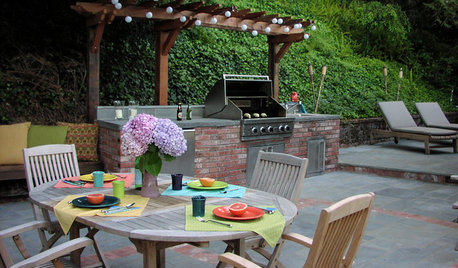
MOST POPULAR8 Ways to Improve Your Grill Setup
Rethinking the old grilling station? Here’s how to pack more function and style into your backyard cooking zone
Full Story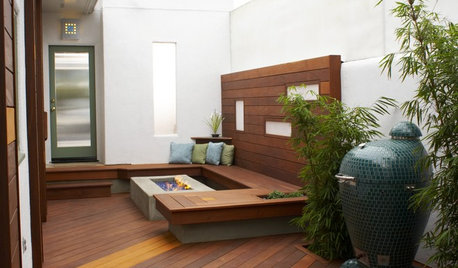
GARDENING AND LANDSCAPINGSplurge of the Week: The Kamado Grill
These Unique Grills Look as Good on the Outside as What's Cooking Inside
Full Story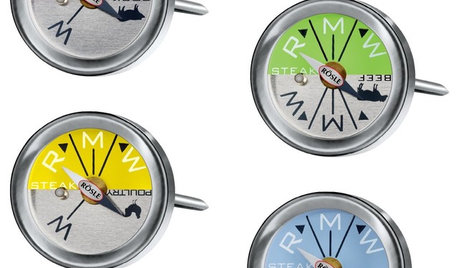
PRODUCT PICKSGuest Picks: Get Your Game On With Fun Grilling Goods
Tailgate in style with grilling tools and accessories that everyone will flip for
Full Story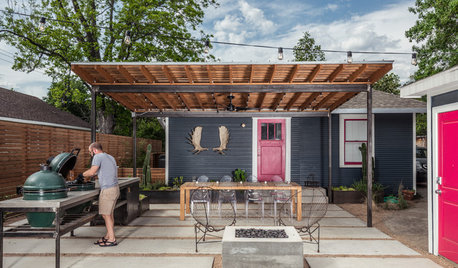
OUTDOOR KITCHENSHouzz Call: Please Show Us Your Grill Setup
Gas or charcoal? Front and center or out of the way? We want to see how you barbecue at home
Full StoryMore Discussions






acertainOriginal Author